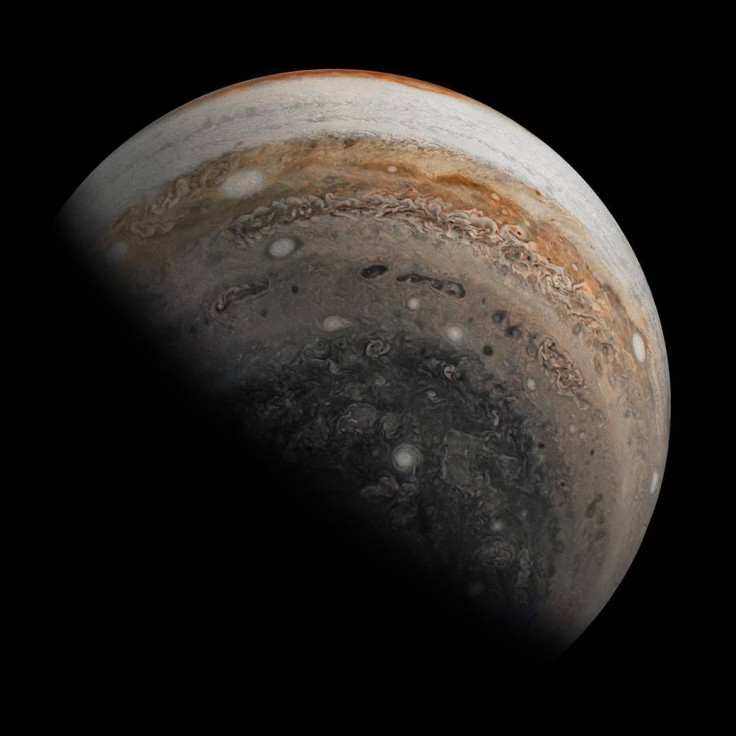Skywatching: Jupiter To Reach Opposition This Week

KEY POINTS
- Jupiter will reach opposition at 4 a.m. EDT on Tuesday, July 14
- Just days later, Saturn will also reach opposition
- Later this year, a once-in-20-years Jupiter-Saturn event will occur
The largest planet in the solar system is set to reach opposition this week, just days before Saturn does. Later this year, a once-in-20-years Jupiter-Saturn event will also take place.
As the planets orbit around the Sun, there comes a time when the Earth is positioned in between the Sun and Jupiter, placing Jupiter opposite to the Sun. The sky event is called the opposition of Jupiter, which happens about once every 13 months. It is the time when Jupiter is closest to the Earth and, it also marks the middle of the best time of the year to view it.
This year, Jupiter will reach opposition Tuesday, July 14, at 4 a.m. EDT, when it will be at its closest to Earth since 2012 at just 385 million miles away. Those who want to have a glimpse of Jupiter will likely see it as a very bright star, with only Venus and the Moon being brighter in the sky. However, those using binoculars or a telescope may get to see the planet's signature stripes and giant moons Io, Europa, Ganymede and Callisto.
In less than a week, on July 20, Saturn will also reach opposition and, the two giant planets will only be 7 degrees apart in the sky. Just like with Jupiter, Saturn will be seen as a very bright star but, viewing it using binoculars or a telescope may give skywatchers a glimpse of its iconic features, this time being its icy rings, and its largest moon, Titan.
Although they will be side by side in front of the constellation Sagittarius, it will still be easy to determine which planet is which because Jupiter is much closer and larger, so it will shine about 14 times brighter than Saturn. The best time to view the planets is said to be around midnight when both of them will be as high in the sky as possible.
The two giant planets will continue to be visible in the night sky for the rest of the year but, they are best viewed in June, July and August, after which they will rise and set earlier each day, giving them less time to appear at night.
Later in the year, Jupiter and Saturn will appear in a once-in-20-years event, with the great conjunction on Dec. 21.
In astronomy, "conjunctions" happen when two astronomical objects, whether planets, stars or moons, appear so close together in the sky. Because Saturn is the farthest and slowest-moving planet that we can see, while Jupiter is the second-slowest bright planet, a conjunction between them is considered to be the rarest of the bright-planet conjunctions.
In fact, they only happen every 20 years, the last one being on May 28, 2000 and the next one being on Oct. 31, 2040. The upcoming conjunction in December will be Jupiter and Saturn's closest one since 1623.
© Copyright IBTimes 2025. All rights reserved.






















